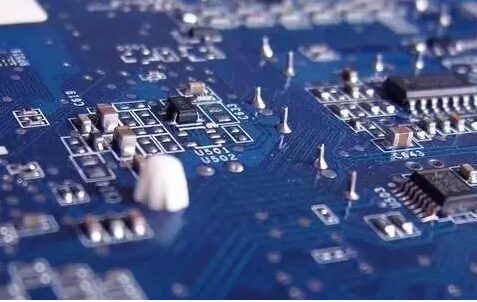DAC (Digital-to-Analog Converter) and ADC (Analog-to-Digital Converter) are essential components for converting between digital and analog signals, widely used in electronic systems for various applications such as digital signal processing, data acquisition, and control. So, do you know how to implement DAC and ADC?

Methods for Implementing DAC
1. Resistor Network
A resistor network is one of the basic methods for implementing DAC. It converts digital signals into corresponding analog voltage or current outputs by adjusting the resistor values. The advantage of a resistor network is its simple structure and low cost, commonly used in applications with low to medium precision requirements.
2. R-2R Network
The R-2R network is a common DAC implementation method composed of a series of resistors, where R is the standard resistor and 2R is double the resistance. By adjusting their switch states, the input digital signal is converted to the corresponding analog voltage output. The R-2R network has good linearity, making it suitable for high-precision applications.
3. Calibration Network
The calibration network is introduced to improve the linearity and accuracy of the DAC. By adding a calibration circuit at the DAC output, it can correct non-linearity and errors, enhancing the overall performance of the DAC.
Methods for Implementing ADC
1. Successive Approximation (SAR) ADC
SAR ADC is a common ADC implementation method that uses a successive approximation approach to determine the digital representation of the analog input signal through comparators and DACs. SAR ADCs offer high resolution and fast conversion speeds, widely used in various scenarios.
2. Parallel (Flash) ADC
Flash ADC is a high-speed ADC implementation method that compares the input signal with reference voltages using a series of comparators in parallel to obtain corresponding digital outputs. Flash ADCs have high conversion speeds and broad bandwidth but are more expensive, suitable for applications with high-speed requirements.
3. Integrating ADC
The integrating ADC is a high-precision ADC implementation method that integrates the input signal and compares it with a digital signal to achieve high-resolution output. The advantage of the integrating ADC is its high accuracy and low noise levels, making it suitable for applications with high precision and dynamic requirements.